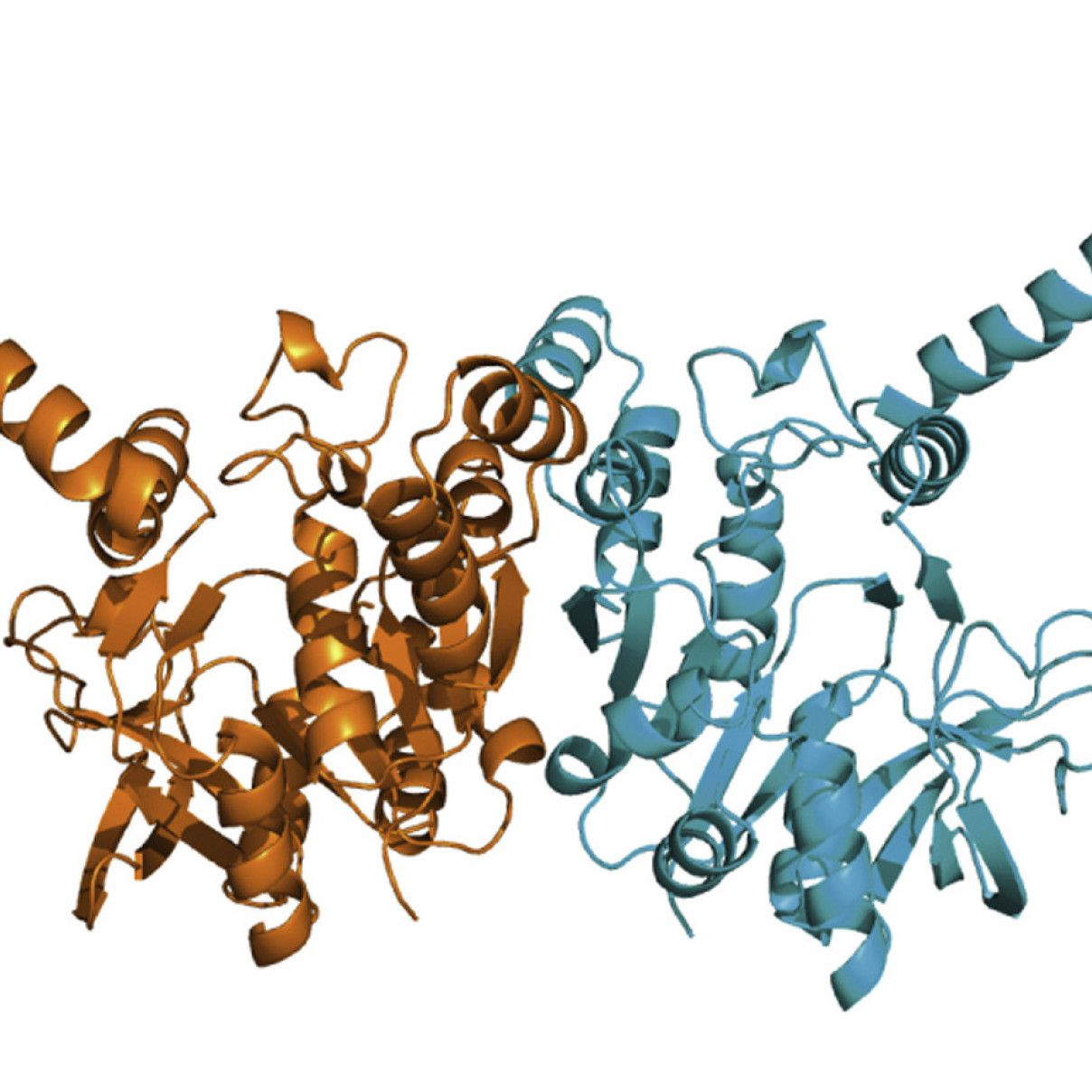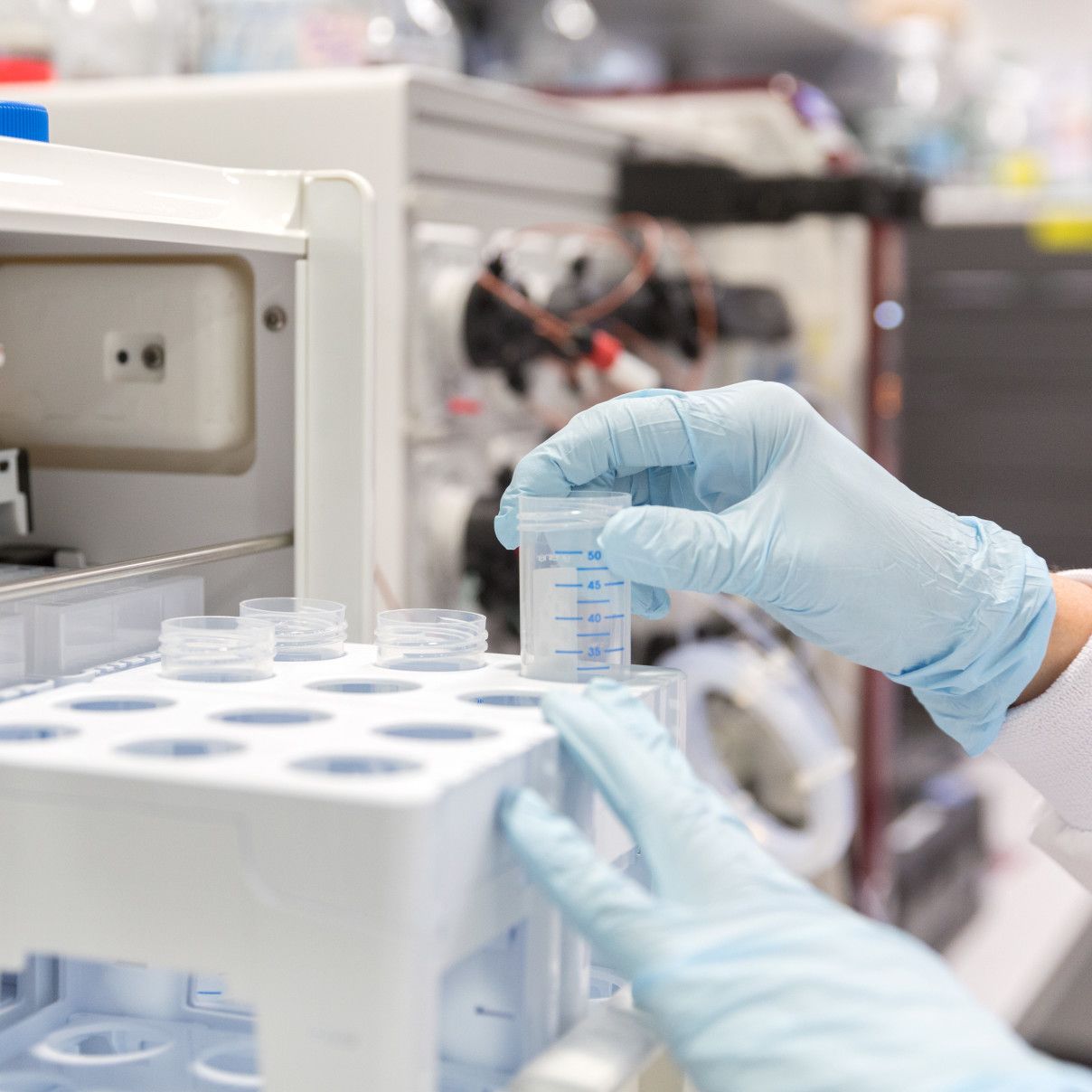Beyond the Ordinary
To use the kit described below, it is essential to contact the beamline scientist in advance.
Plate mode
Similar to in-house, at the synchrotron data can be collected from crystals in plates. At Diamond, beamlines i03, i04-1 and i24 are set up for that, but your plans must be communicated to the beamline scientist before beam time. The same considerations regarding plates and tape apply as in house (see last section here).
Plate mode is useful not just to see whether your crystals diffract at all, but also for dehydration experiments (against a range of salt concentrations in reservoirs – see paper) and to identify the best concentration of ligands or inhibitors for soaking. Entire datasets can be assembled from partial datasets collected in plates (see paper).
Controlled dehydration
All beamlines at Diamond are compatible with the HC1 device for the fine adjustment of the humidity in which the crystal is placed at room temperature. This has to be requested in advance. Using the HC1 is time consuming but might lead to greatly improved diffraction. Some thoughts:
- Remove liquid from around the crystal (by wicking) to minimize lag. Use micromeshes to mount the crystal.
- Success is far from guaranteed.
- Success is unrelated to solvent content.
- The chances of success are greatest when there is crystal-to-crystal variability.
- The cryostream can be automatically swapped for the humidity stream on phase I beamlines (i02, i03 and i04). Freezing takes place at conditions where the need for cryo-protectant is lowest.
In house, we have a humidity controller as well, but it is not currently possible to use that for data collection.
Crystal alignment
To align a crystal in the beam (as opposed to simply centring), beamlines i04 and i04-1 at Diamond and several beamlines at ESRF offer a mini-kappa goniometer (see paper). The XO align software suggests values for kappa and phi to achieve alignment of the crystal axes parallel or perpendicular to the beam. This can be useful to:
- avoid incomplete P1 datasets.
- minimize the oscillation range required for a complete dataset (e.g. 45° vs. 90° in P4) by aligning the high-symmetry axis along the rotation axis.
- maximize spots separation by judiciously aligning the crystal.
- collect wedges from radiation-sensitive crystals with minimal overlap by aligning each crystal based on the previous one.
- collect Friedel pairs and Bijvoet mates in the same image to maximize the accuracy of anomalous signal measurement.
- maximize signal from anisotropic anomalous signal (see paper).
To make use of EDNA for strategy calculation, the first set of test images should be used to orient the crystal, after which a second set of test images should be collected to get a good strategy.
The crystal doesn't stay centred as kappa moves and needs to be recentred prior to data collection.
Small beam stop
If you need to collect low-resolution data, e.g. for phasing from EM envelopes or because you're crystals just don't diffract better, you can request the beam stop to be moved away from the crystal on i02, i03 and i04.

